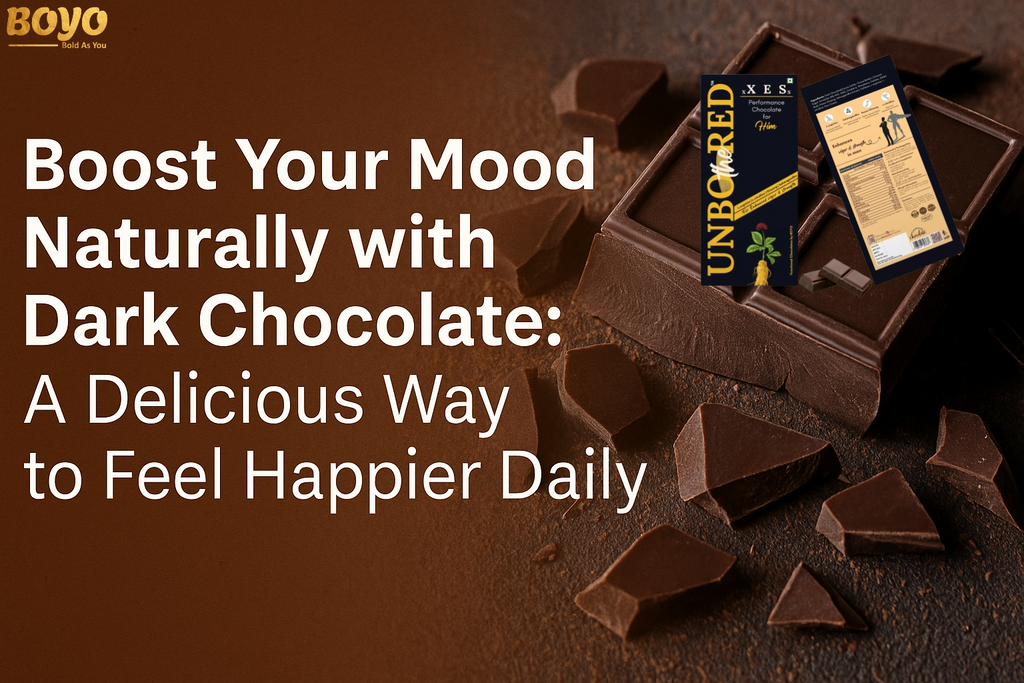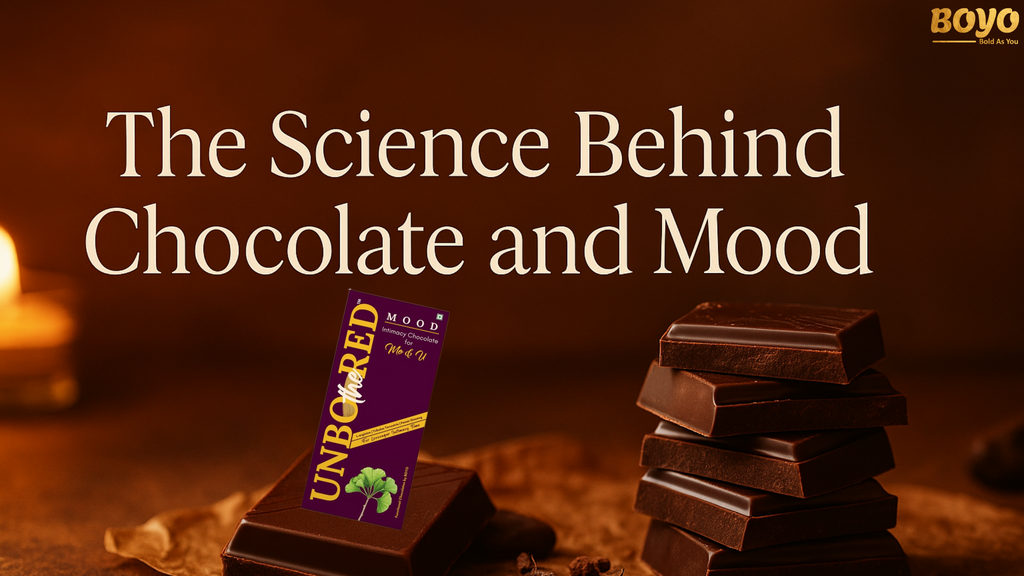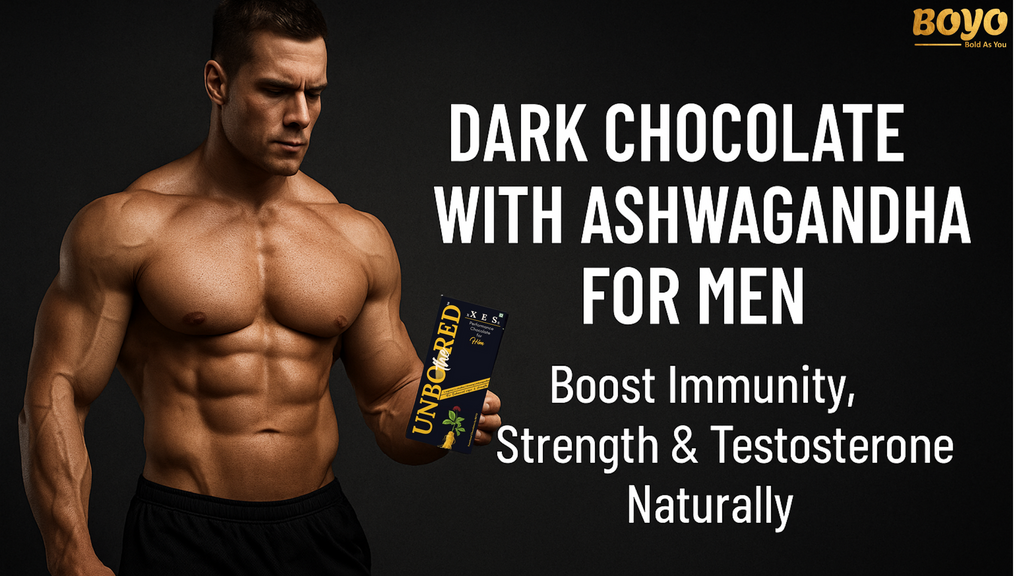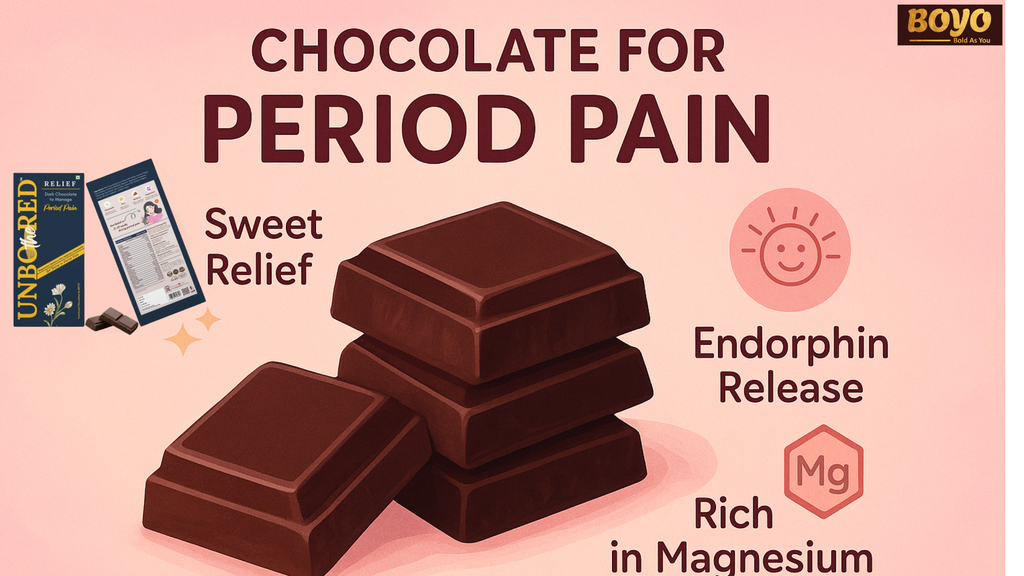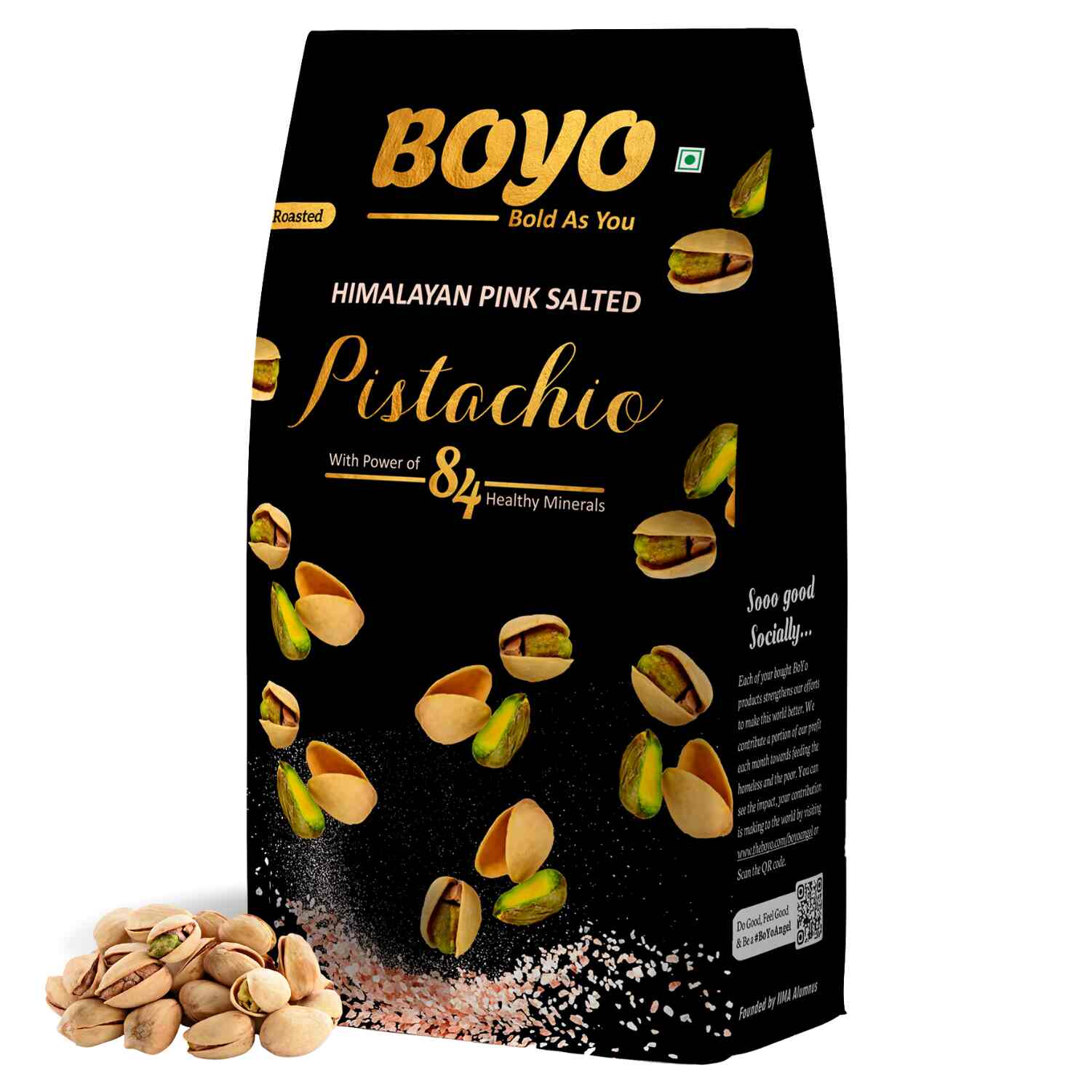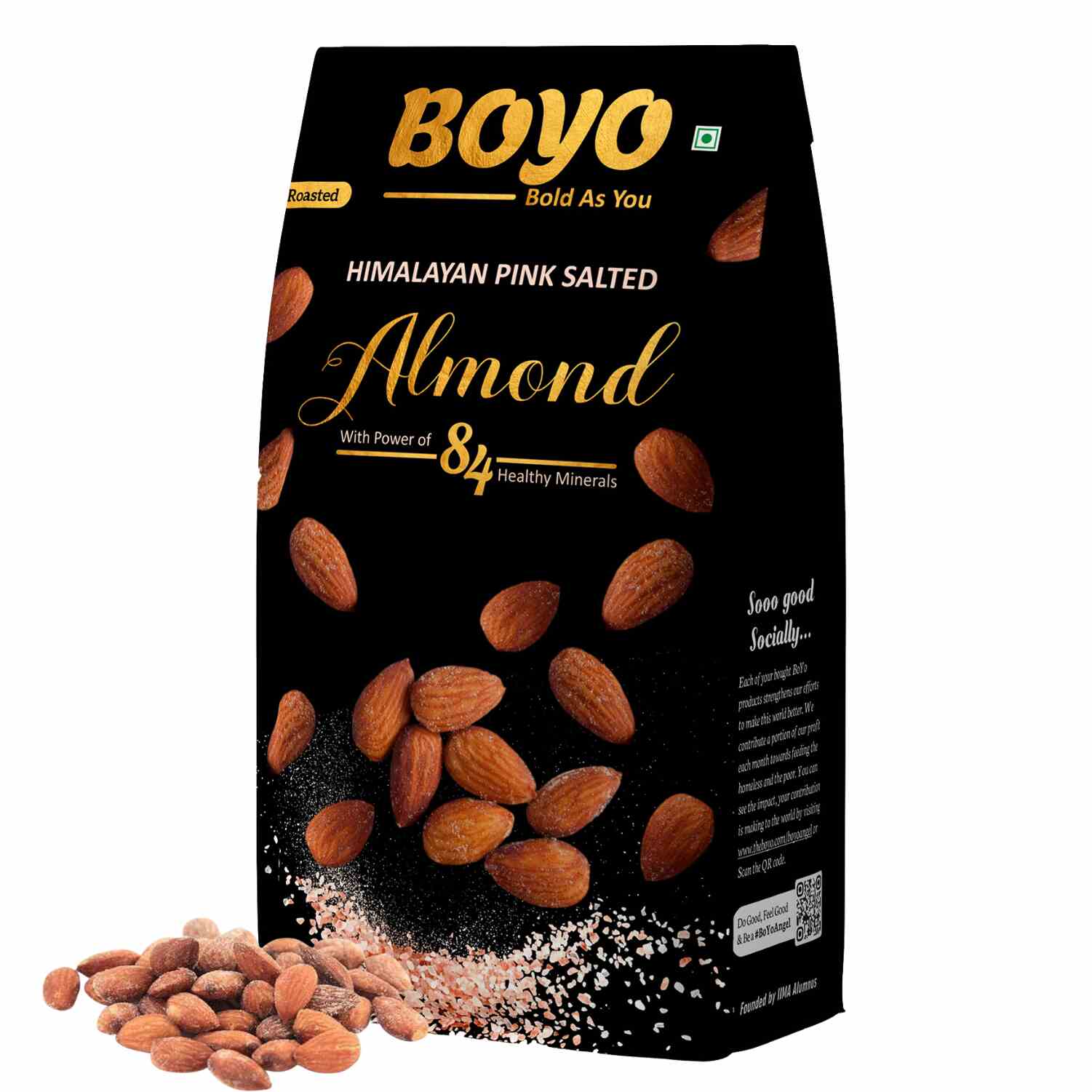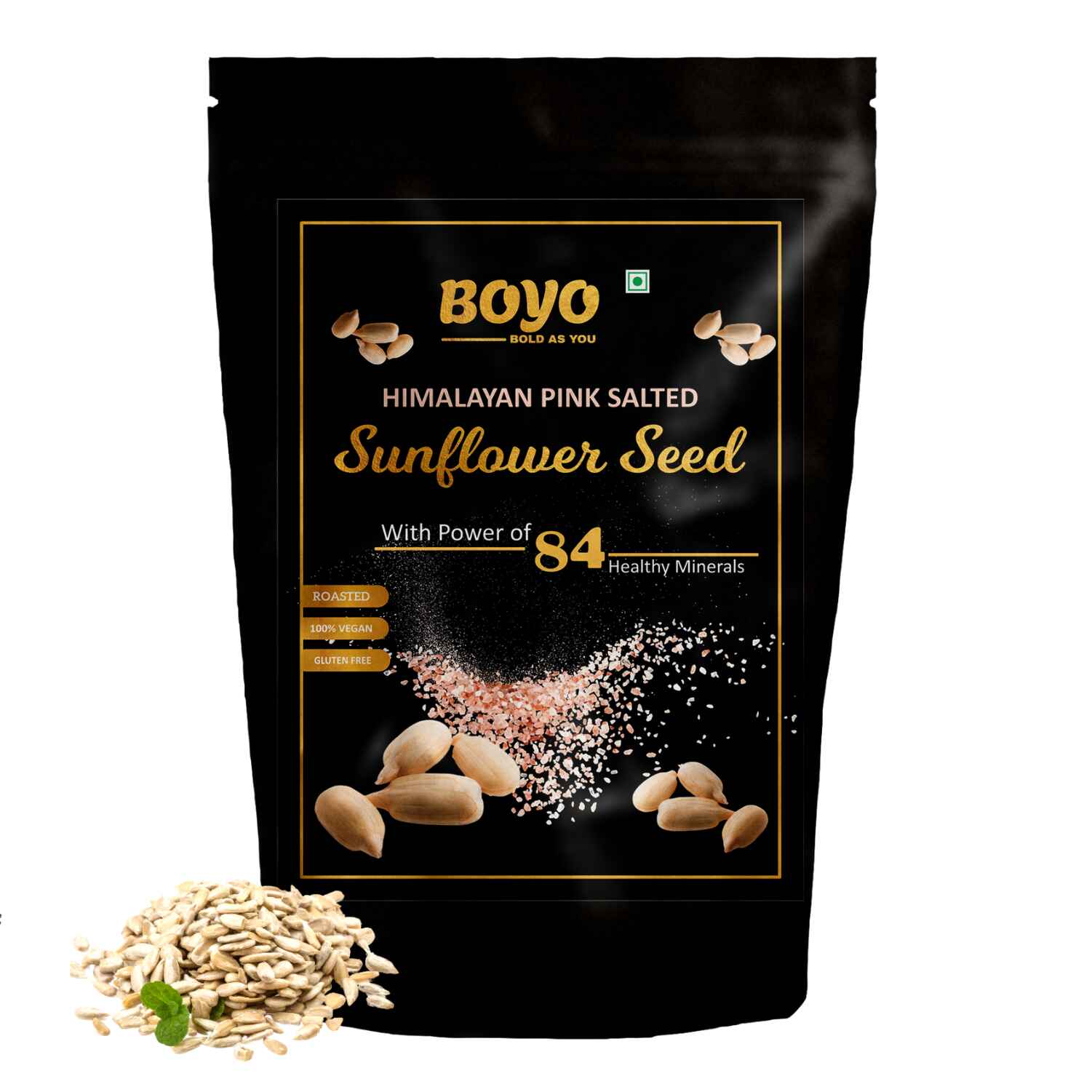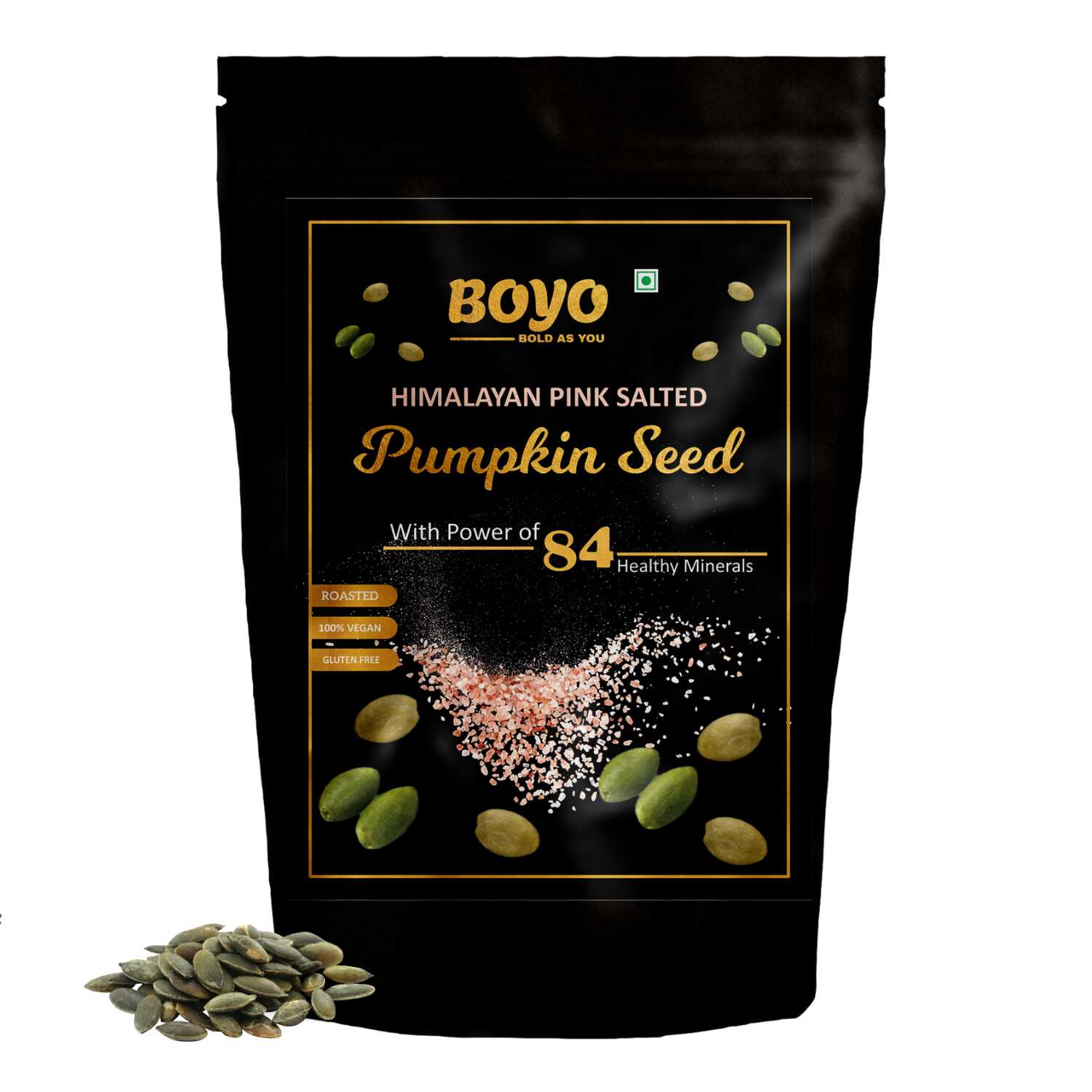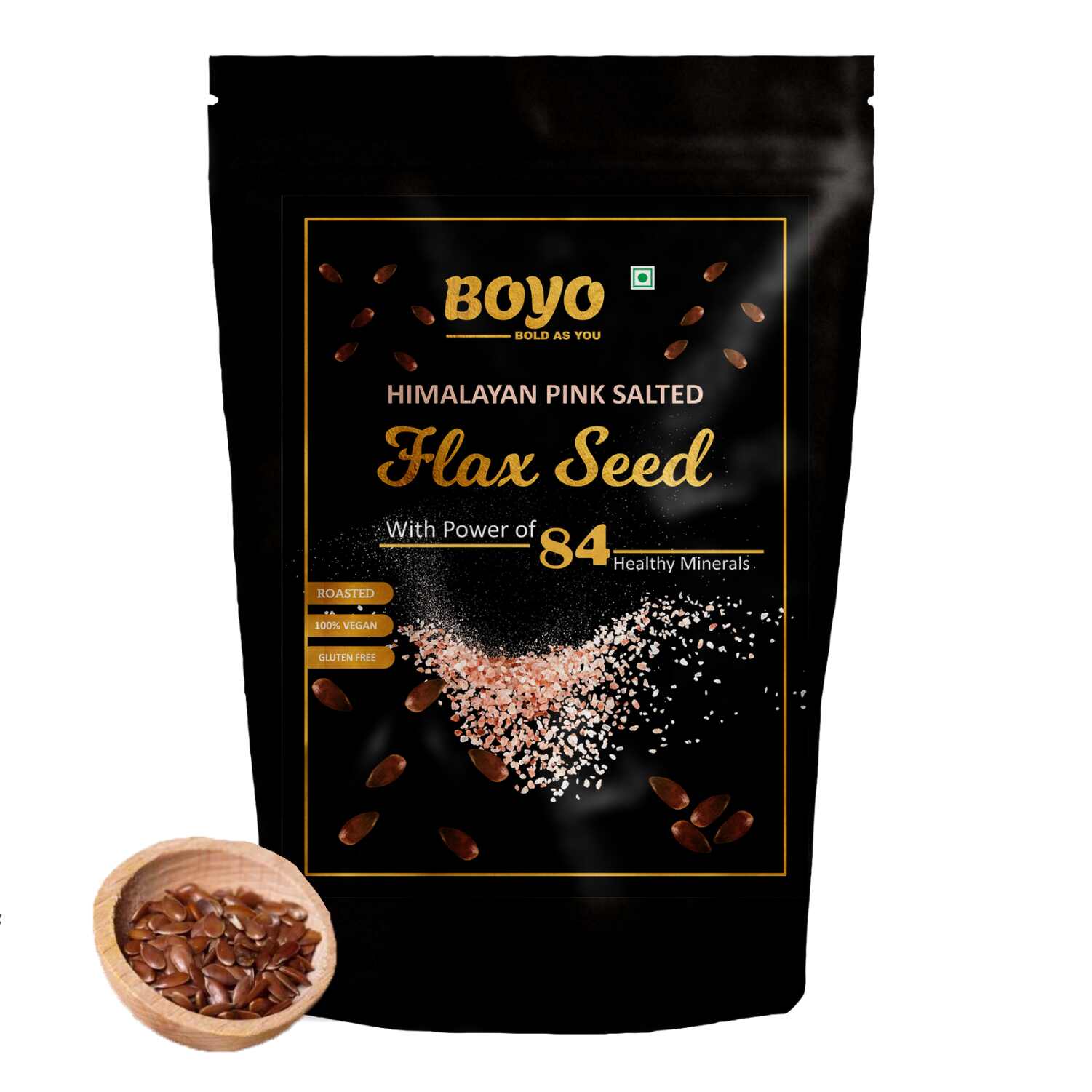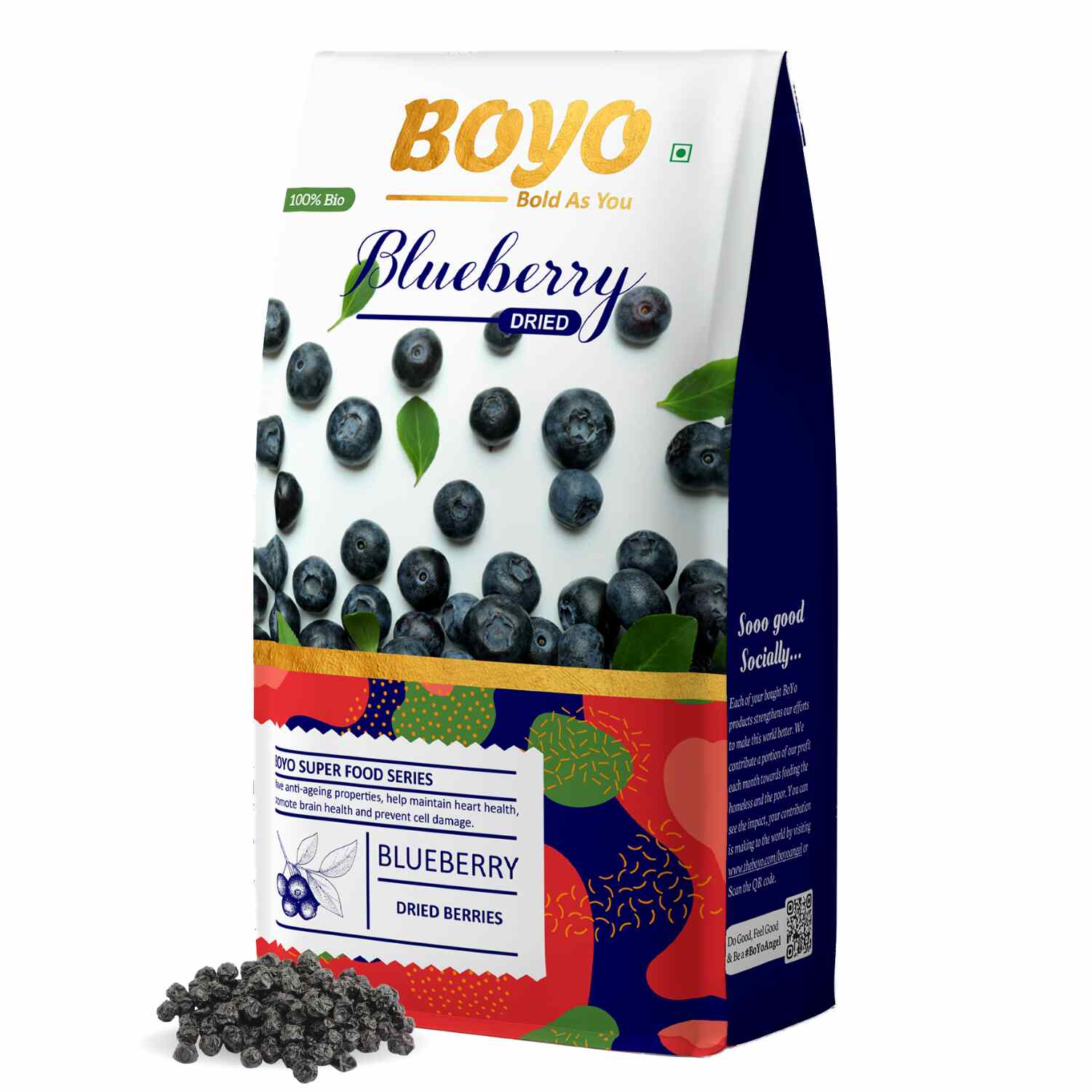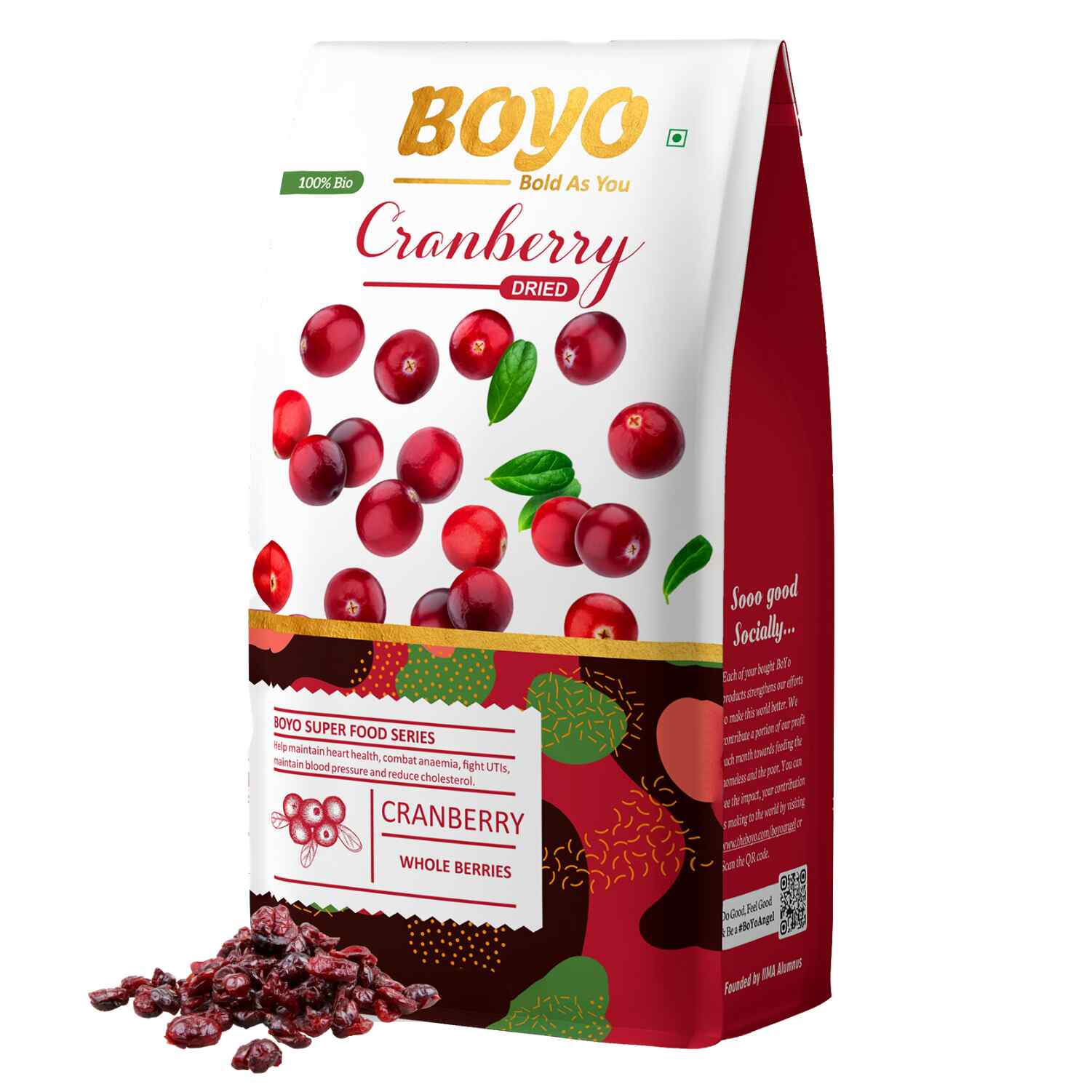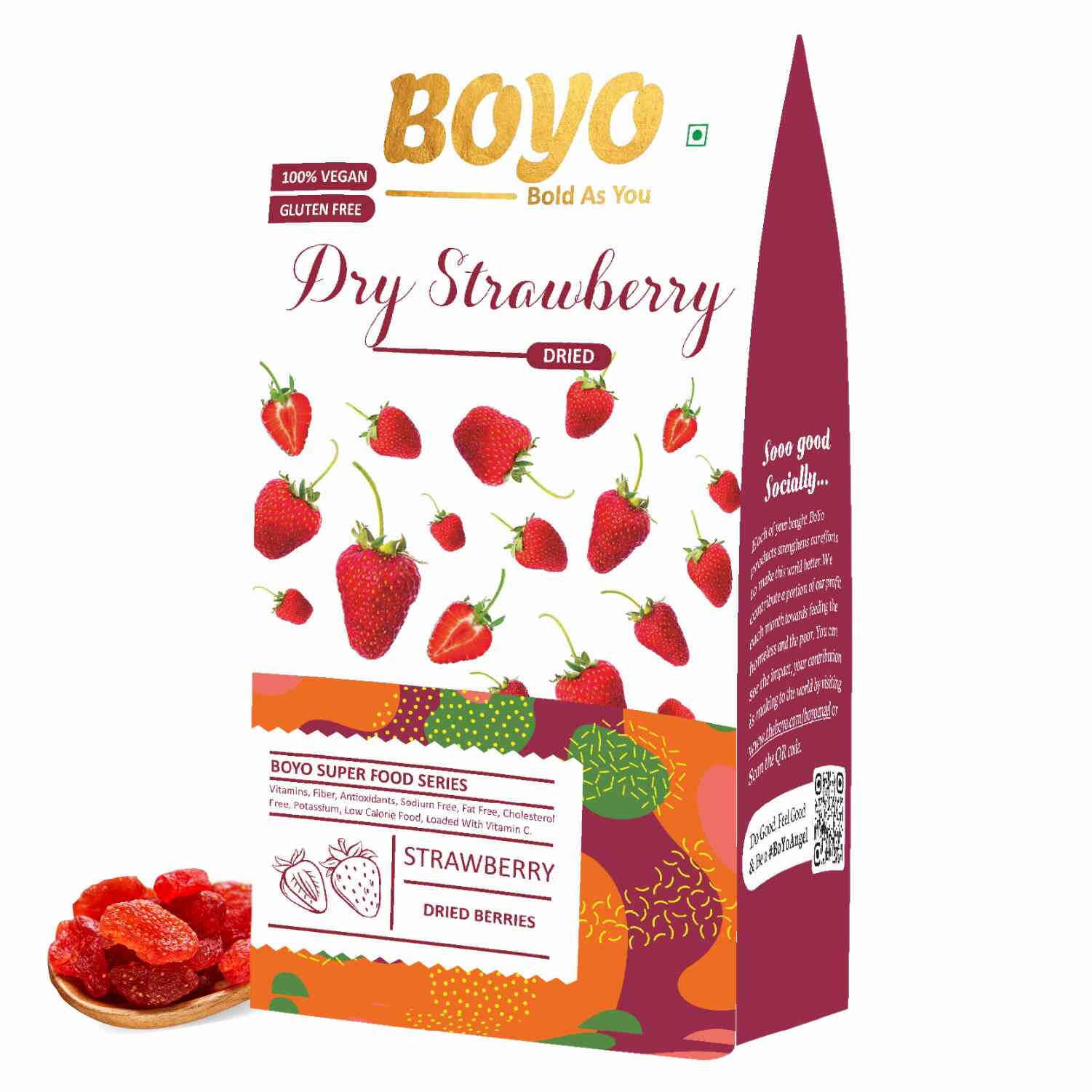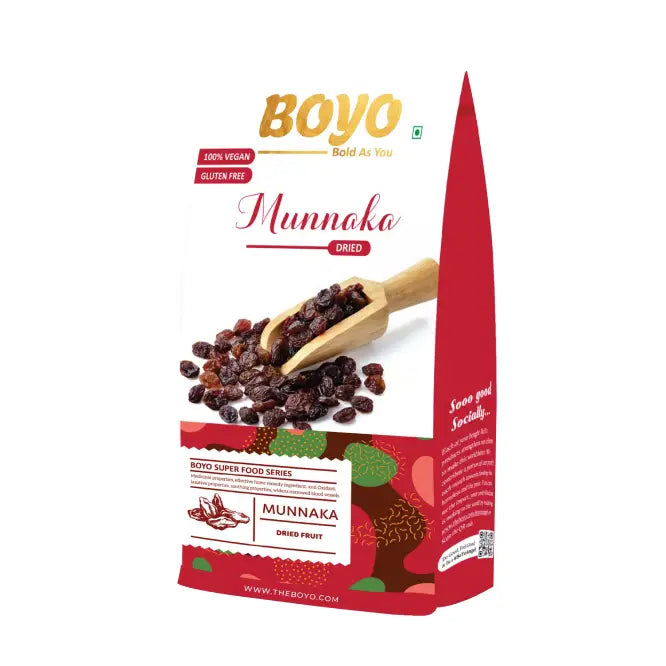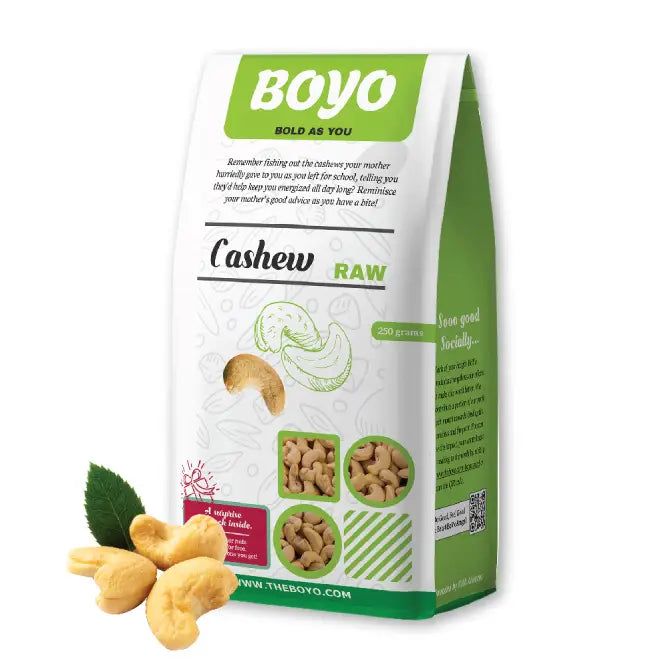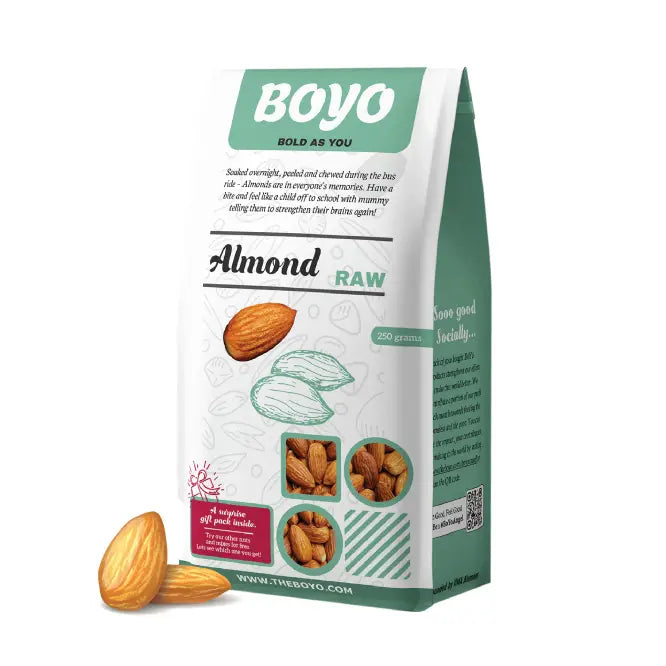
The Science Behind Sexual Desire For Women: What You Need To Know

Sexual desire for women is a multifaceted phenomenon influenced by a blend of biology, psychology, environment, and lifestyle. Unlike the more linear and hormonally driven libido often associated with men, female sexual desire tends to be more complex and nuanced. In recent years, researchers have begun to understand more deeply how various factors—from neurotransmitters and hormones to stress and nutrition—affect women's sexual interest. One emerging player in the conversation is UNBOtheRED Chocolate, a product that claims to support mood and libido in women naturally. So, what’s really going on behind the scenes when it comes to female arousal? Let’s dive into the science.
The Biology Of Female Desire
At its core, sexual desire for women is governed by a symphony of brain chemistry, hormones, and sensory input. It is not just about what happens below the belt—it's what happens above the neck, too.
1. Hormones at Play
Hormones like estrogen, progesterone, and testosterone play key roles in regulating libido. While testosterone is often thought of as the “male” hormone, it’s also crucial for women. Estrogen enhances vaginal lubrication and blood flow, both of which contribute to sexual satisfaction. Progesterone, on the other hand, can sometimes act as a dampener on sexual appetite.
Women's hormone levels fluctuate throughout the menstrual cycle, which can cause shifts in libido. Many women experience heightened desire around ovulation when fertility peaks. This is nature’s way of encouraging reproduction, though the desire isn’t always directly linked to reproduction for modern women.
2. Neurotransmitters: The Brain’s Chemical Messengers
Neurotransmitters like dopamine, serotonin, and oxytocin significantly influence sexual desire for women. Dopamine, the "pleasure" chemical, spikes during sexual arousal. Serotonin, associated with mood regulation, can either boost or inhibit desire depending on its levels. Oxytocin, the so-called "cuddle hormone," released during intimacy and orgasm, fosters bonding and emotional connection, which are often prerequisites for arousal in women.
The Role Of Psychology And Emotion
Stress, anxiety, body image issues, past trauma, or relationship conflicts can significantly reduce libido. Unlike a switch, desire in women is often more like a dimmer—sensitive to multiple variables and not always spontaneous.
Mental health is another major factor. Conditions like depression and anxiety disorders often lead to reduced libido. Additionally, the use of antidepressants, particularly SSRIs, can dampen desire by interfering with serotonin and dopamine pathways.
Lifestyle And Environmental Factors
What we eat, how much we sleep, how often we exercise, and even our exposure to light all affect our hormones and overall health—and by extension, our sex drive.
1. Nutrition
Nutrient deficiencies, particularly in zinc, magnesium, and B vitamins, can impair hormone production and energy levels. That’s why many women find dietary support or supplements beneficial. This is where UNBOtheRED Chocolate comes in. Infused with natural adaptogens and mood-enhancing ingredients like maca root, ashwagandha, and dark chocolate (a known aphrodisiac), UNBOtheRED Chocolate is designed to support both emotional wellness and libido in women.
2. Exercise and Movement
Regular physical activity increases circulation, boosts mood, and improves body image—all of which positively affect sexual desire. Exercise also triggers endorphin release, a feel-good chemical that works in harmony with libido-enhancing neurotransmitters.
Cultural And Social Influences
Societal expectations, cultural messaging, and early conditioning also shape sexual desire for women. Many women are taught—either overtly or subtly—that expressing sexual desire is shameful or inappropriate. This internalized messaging can create mental barriers that affect desire, even when the body is physically ready.
Moreover, representation in media, discussions around female pleasure, and evolving attitudes toward women’s sexuality are helping shift this paradigm. The growing popularity of wellness products like UNBOtheRED Chocolate reflects a cultural movement that validates and celebrates female desire rather than stigmatizing it.
Age And Sexual Desire
It’s a myth that sexual desire for women simply declines with age. While hormonal changes around menopause (like reduced estrogen) can affect physical arousal, many women report increased confidence, self-knowledge, and a deepened desire as they age. The shift is often from performance-based to connection-based intimacy, with emotional and psychological fulfillment taking center stage.
How To Support Female Desire
If you’re looking to support your sexual well-being or that of a partner, consider the following holistic strategies:
-
Eat for pleasure and health: Incorporate mood-boosting, hormone-friendly foods like dark chocolate, berries, avocados, and nuts. Or enjoy a piece of UNBOtheRED Chocolate for a dose of delicious support.
-
Prioritize stress management: Meditation, journaling, and even regular massage can help lower cortisol, the stress hormone that inhibits desire.
-
Open communication: Talk with your partner about needs, desires, and emotional blocks. Feeling seen and heard can be a huge aphrodisiac.
-
Mind-body practices: Yoga, breathwork, and mindfulness can reconnect you with your body and awaken sensual energy.
Final Thoughts
Understanding the science behind sexual desire for women is key to appreciating how layered and beautifully intricate it really is. Desire isn’t something you turn on with a button—it’s cultivated through emotional connection, physical wellness, and intentional living. Products like UNBOtheRED Chocolate by Boyo acknowledge this reality, blending pleasure and function into a bite-sized form that speaks to a woman’s whole being. Whether you're navigating changing hormones, looking to reignite the spark, or simply want to feel more in tune with yourself, there's power in knowledge—and in a little chocolate, too.
FAQs
1. What is sexual desire for women and how is it different from men?
Sexual desire for women is influenced by a mix of hormones, brain chemistry, emotional connection, and lifestyle factors. Unlike men—whose desire can be more directly linked to testosterone and visual stimuli—women often experience desire more contextually, requiring emotional safety, mood alignment, and overall well-being.
2. What hormones affect female libido?
Estrogen, progesterone, and testosterone all play significant roles. Testosterone is particularly crucial for boosting libido, while estrogen enhances arousal by improving blood flow and lubrication. Progesterone may suppress desire when elevated, such as in certain phases of the menstrual cycle.
3. Can stress impact sexual desire in women?
Absolutely. Chronic stress increases cortisol levels, which can lower libido. Since sexual desire for women is closely tied to mental and emotional well-being, high stress levels can significantly reduce interest in intimacy.
4. How does UNBOtheRED Chocolate support female sexual wellness?
UNBOtheRED Chocolate is a functional chocolate infused with natural adaptogens and mood-enhancing ingredients like ashwagandha, maca root, and dark chocolate. These ingredients are known to reduce stress, balance hormones, and improve mood—factors that contribute to a healthier, more vibrant sexual desire in women.
5. Is it normal for a woman’s libido to fluctuate?
Yes, it’s completely normal. Libido can vary based on menstrual cycle phases, stress levels, relationship dynamics, age, and overall health. Ovulation often increases desire due to hormonal surges, while other times, factors like fatigue or emotional strain can decrease it.






